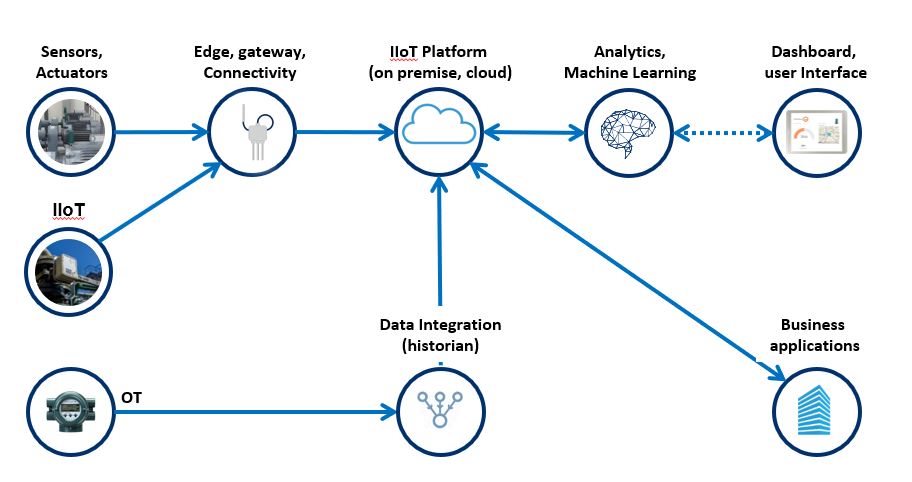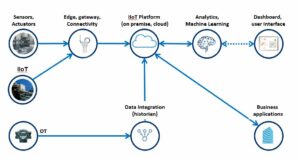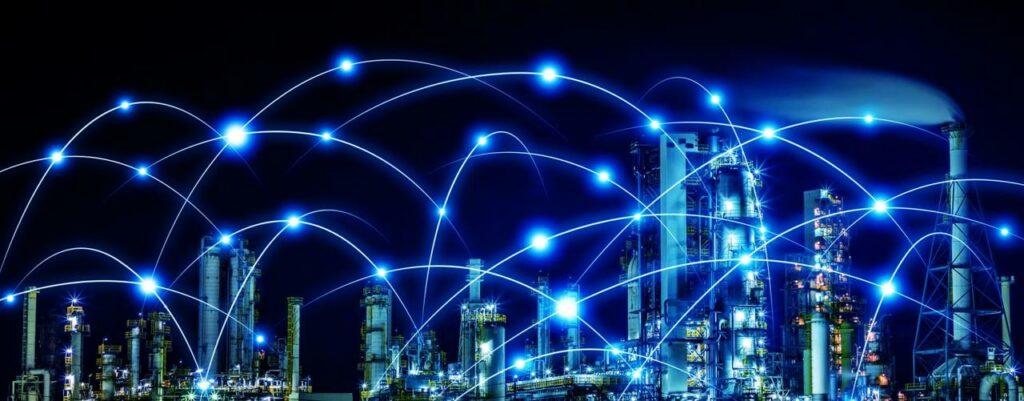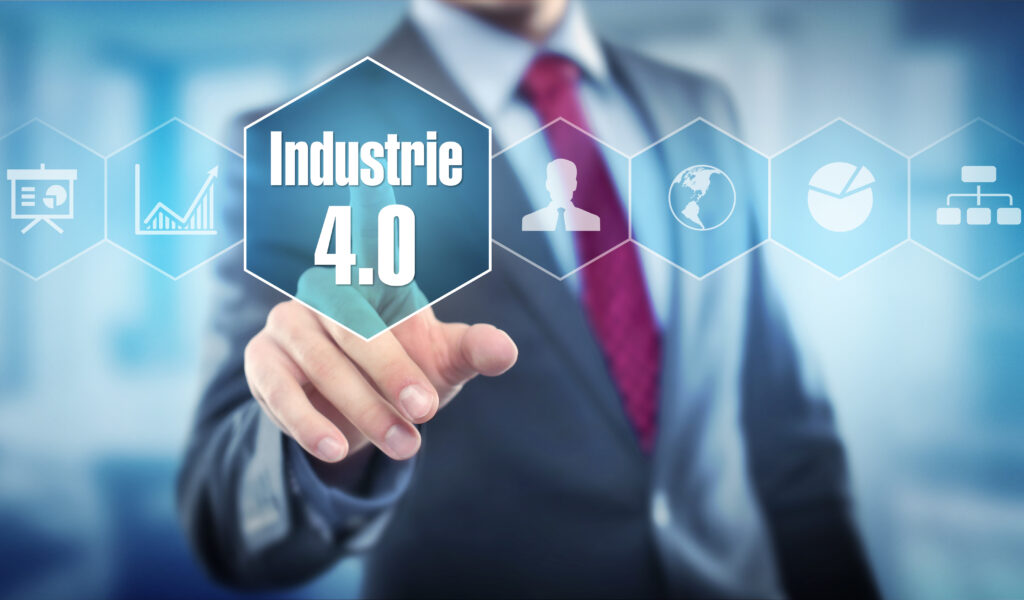Washing machine experts
Two weeks ago, my wife called me in a panic as the washing machine had stopped working. One evening while spending time with friends I mentioned the dilemma of the washing machine not working and that I would more than likely need to buy a new machine. Suddenly I was surrounded by washing machine experts. When I say experts, I don’t necessarily mean they were experts in the process of washing but their expertise centered around IoT and to be more specific a washing machine mobile app connected via Wi-Fi to the washing machine. After a long discussion about the perceived benefits, they convinced me to buy a washing machine with integrated Wi-Fi connectivity and a mobile app which allowed me to control and monitor the washing machine.
Plug and Play…. or?
The next day we bought the washing machine and it was delivered to our home, connected to the water supply, not to the Wi-Fi network. However, this shouldn’t have been a problem as IoT is all about plug and play, or NOT as we found out. We had to connect the machine via the WPS function in our router (not sure if my mother knows what WPS is and how it might support cleaning clothes!). Once it was connected, we were ready to use the washing machine mobile app. The washing machine can be controlled and monitored by the app, which is very impressive considering it doesn’t matter where you are located.
Everything seemed to live up to the expectations of what my washing machine expert friends had advised, however, there was still one challenge: You have to put the dirty laundry into the machine.
Let’s be honest it really doesn’t make any sense to use a mobile app to control or monitor the washing machine while you are standing in front of a user-friendly display and controls. During the washing program, I am not particularly interested in what is happening with the machine. Once the program is complete, the machine provides an audio alert to notify me and this is more than satisfactory for me since we are not living in a castle and can easily hear the alert. Incidentally, you have to be at the machine anyway to remove the laundry, in other words, why did we buy a washing machine with Wi-Fi and a mobile app?
[ot-video][/ot-video]
The washing machine and IIoT
You are possibly thinking what has my story to do with IIoT? In honesty almost everything, regularly customers request from me without clear explanation or reasoning if we can deliver IIoT, Machine Learning or Artificial Intelligence for their Operational Technology (OT) domain. Reasons like cost reduction or increased asset reliability are too generic in order to really understand why and how to deploy such technologies and realise tangible benefits. Similarly, to the story about the washing machine, the reasons for having a washing machine with Wi-Fi and supporting mobile app were clear for my friends but afterwards were not beneficial for me.
Consider why you need IIoT
Many IIoT projects have failed for the same reason as the perceived benefits of having Wi-Fi on a washing machine. The customer felt somehow pressured to consider and implement new technology without really understanding how it could change their processes or business to deliver tangible value. Don’t get me wrong, IIoT is a game-changer and unstoppable particularly when correctly evaluated, aligned with business strategy/objectives and the value drivers are clear, however, let’s be clear IIoT is not a shortcut to success.
Is IIoT really cheap?
Recently Yokogawa has launched an open platform for IIoT devices, and this is truly a game-changer for the OT domain. The cost for full installation and commissioning of a traditional transmitter of 1000 Euro is approximately 10.000 Euro (costs which include cabling, configuration, displaying and drawings) while installing and commissioning an IIoT device of 500 Euro can be less than 1.000 Euro. With IIoT technology and the same available budget, you could install at least 10 times more IIoT sensors in comparison with traditional sensors. Can you imagine how this might change your maintenance strategy if you could install 10 times more sensors? More and more people in Industry are talking about switching from preventive maintenance regimes (i.e. carrying out maintenance before the occurrence of a failure) to prescriptive based maintenance (i.e. detection of a pending fault and prescribing a solution to the fault). Once IIoT data is received from equipment in real-time (or near real-time), analytics can be used to predictively identify asset reliability risks such as pump cavitation or damaged bearings. This is known as prescriptive maintenance. Prerequisites to realizing such advantages are more sensors with easy installation and configuration parameters so maintenance people can use the technology without being an expert.
The 1.000 Euro for IIoT deployment is only applicable when simple connectivity and open architecture platforms connect any IIoT device (from any supplier) and algorithms are utilized to analyze the data and predict the behavior of your asset.
Open architecture platform
In Europe, we have noticed that customers are choosing open architecture platforms with data lakes from Microsoft Azure or Google. A data lake is a centralized data repository that allows you to store vast amounts of structured and unstructured data. Data lakes are not specifically developed for IIoT, which presents a challenge for the connectivity of IIoT devices and for developing analytics for OT applications such as asset maintenance. This counteracts the plug and play and ease of deployment model for IIoT infrastructure. Furthermore, the data lake is typically managed by the IT department with specific business rules which often causes too many restrictions for the OT domain. Due to these reasons, Yokogawa has released a software environment, called a rules engine that manages IIoT connectivity, your data and runs specific analytics to predict the behavior of your asset. This rules engine can run on top of many data lakes and it is able to connect easily with any type of IIoT device. The analytics (often referred to as Machine Learning) are an integral part of the environment.
Machine Learning
Developing these analytical models requires specific domain knowledge which is not just a matter of entering data into a black box and expecting a prediction as an output. I wish it was that simple, but the reality is that these models are much more complex in nature. Advanced Machine learning and Artificial Intelligence are already being applied in the OT domain and they are certainly going to become more prevalent in the future. In the meantime, the industry as a whole is cautiously engaging and learning every day how we can embrace these new technologies within the OT domain and realise the benefits which they can bring to an organization.
How can your company benefit from IIoT?
IF YOU REALLY WANT IIoT, please first start to understand what IIoT can really do for your company. Being surrounded by friends is good but it is you who must understand the impact and the benefits.





